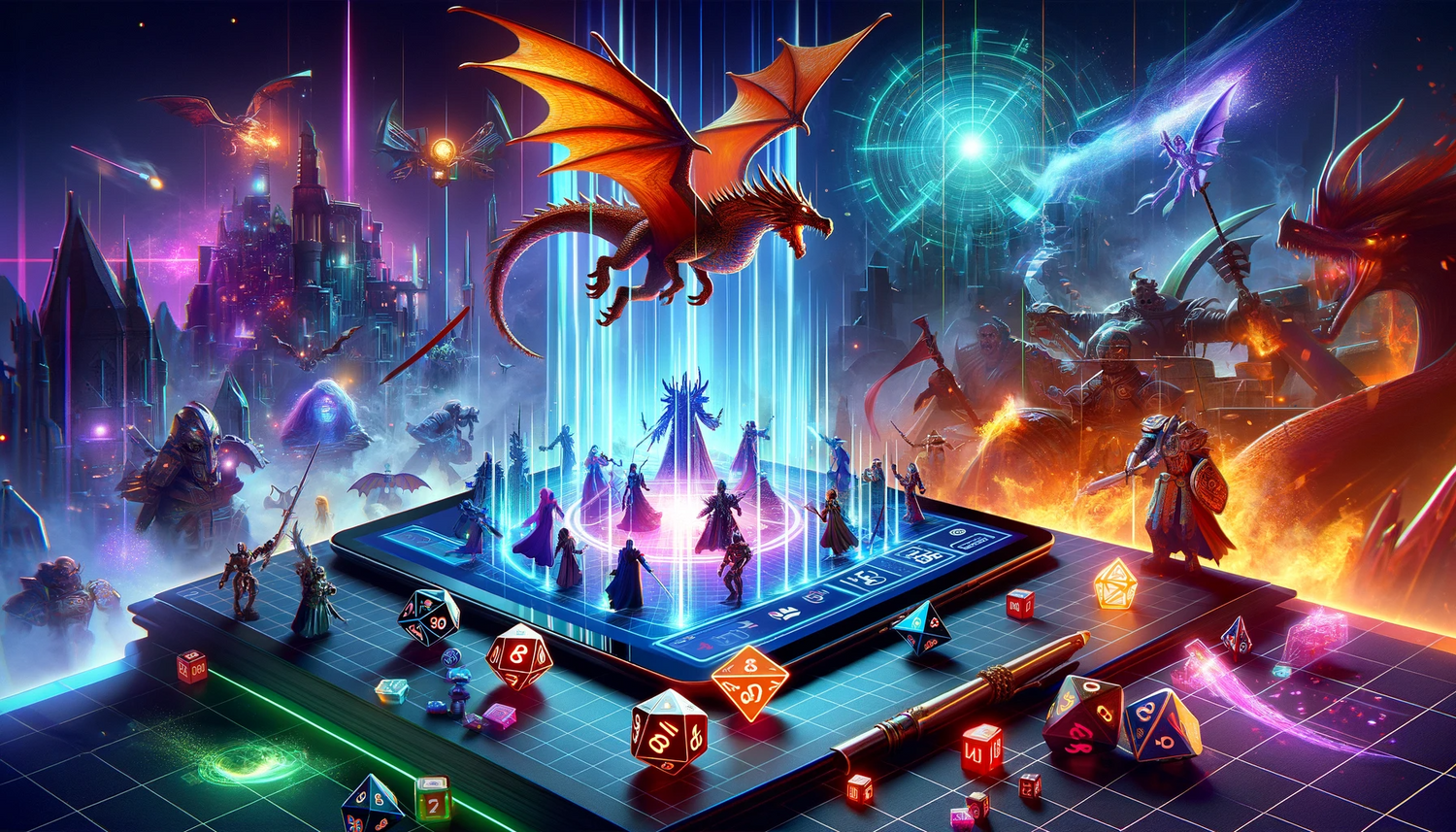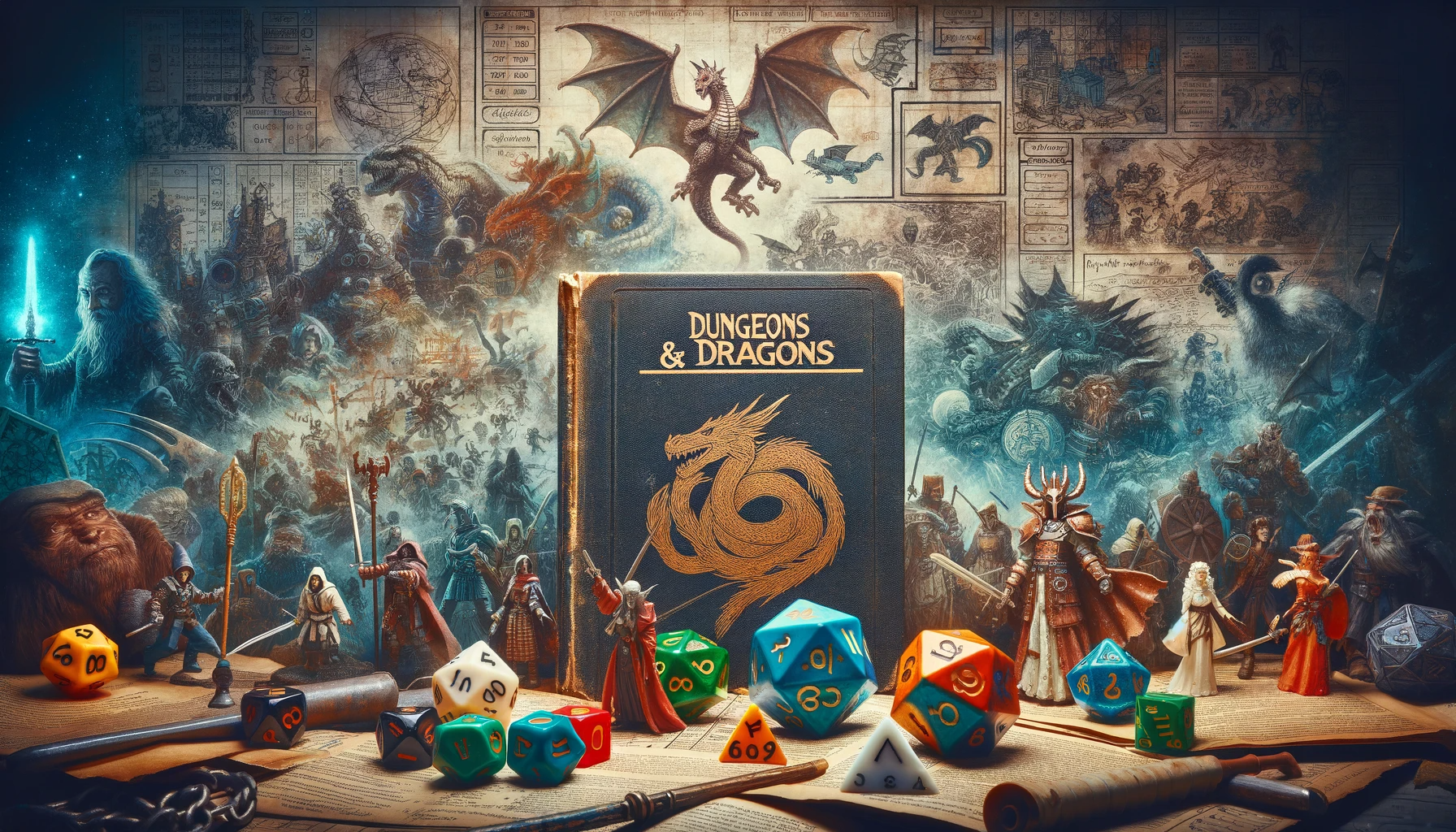The world of tabletop gaming experienced a remarkable transformation in the 2010s, particularly with the resurgence of Dungeons & Dragons (D&D). This era, often referred to as "The Renaissance of Role-Playing," marked a significant shift in how D&D was perceived and played. At the heart of this revival were streaming platforms and online communities, which brought the game into the modern era and introduced it to a new generation of players. This article explores the various facets of this modern revival, shedding light on the factors that contributed to the resurgence of this beloved game.
The Early 2010s: Setting the Stage
Before the 2010s, D&D was often seen as a niche hobby, confined to basements and small, dedicated groups. However, the early 2010s began to see a change. The advent of new technologies and the increasing accessibility of the internet laid the groundwork for a broader audience to discover and engage with D&D.
Critical Role: A Catalyst for Change
One of the most significant contributors to D&D's modern popularity is the web series "Critical Role." This show, featuring voice actors playing D&D, not only entertained but also illustrated the game's potential for storytelling and community. "Critical Role" played a pivotal role in changing how D&D was viewed, from a mere game to a platform for creativity and storytelling.
The Podcast Phenomenon in D&D
Alongside "Critical Role," there was a surge in D&D-themed podcasts. These podcasts varied from actual play sessions to discussions about game mechanics and storytelling techniques. They played a crucial role in keeping players engaged and attracting new audiences to the game.
Streaming Platforms: Bringing D&D to the Masses
Platforms like Twitch and YouTube became stages for D&D gameplay, allowing for real-time interaction between players and viewers. This not only made D&D more accessible but also added a new layer of entertainment value to the game.
Online Communities: Forging New Connections
The growth of online D&D communities on platforms like Reddit and Discord allowed players from all over the world to connect, share experiences, and learn from each other. This global community aspect added a new dimension to the D&D experience, making it more inclusive and diverse.
Collaborative Storytelling: A New Appeal
The modern era of D&D places a strong emphasis on collaborative storytelling, a shift from the more rules-heavy focus of earlier editions. This aspect has been a major draw for new players, as it allows for greater creativity and personal expression within the game.
D&D in Popular Culture
D&D's resurgence has also seen it become more prevalent in popular culture, with references appearing in movies, television shows, and other media. This has further cemented its status as a mainstream phenomenon.
Educational Benefits of Role-Playing
D&D has been recognized for its educational benefits, including fostering creativity, problem-solving skills, and social interaction. Its use in educational settings has grown, providing a unique and engaging learning experience.
Technology's Role in D&D Evolution
The integration of technology into D&D has been significant. Digital tools for character creation, campaign management, and even virtual tabletops have become integral to the modern D&D experience.
Merchandising and Commercial Success
The commercial success of D&D in this era is undeniable. From books and miniatures to themed apparel and accessories, the range of merchandise available has expanded significantly. This merchandising boom not only reflects the game's popularity but also contributes to its cultural footprint.
Challenges and Controversies
Despite its success, the renaissance of D&D was not without challenges. Issues such as balancing traditional gameplay with new technology, addressing representation and inclusivity in the game, and navigating the commercialization of a once-niche hobby were some of the hurdles faced during this era.
The Future of D&D
Looking ahead, the future of D&D appears bright. With advancements in technology, evolving storytelling techniques, and a growing, diverse community, the game is poised for further innovation and expansion. The potential for virtual and augmented reality in D&D gameplay is particularly exciting, hinting at even more immersive experiences to come.
Conclusion
The renaissance of role-playing in the 2010s has been a pivotal period for Dungeons & Dragons. It has not only revived the game for longtime fans but has also introduced it to a new generation of players. Through streaming platforms, online communities, and a renewed focus on storytelling, D&D has undergone a transformation that has solidified its place in both gaming and popular culture.


